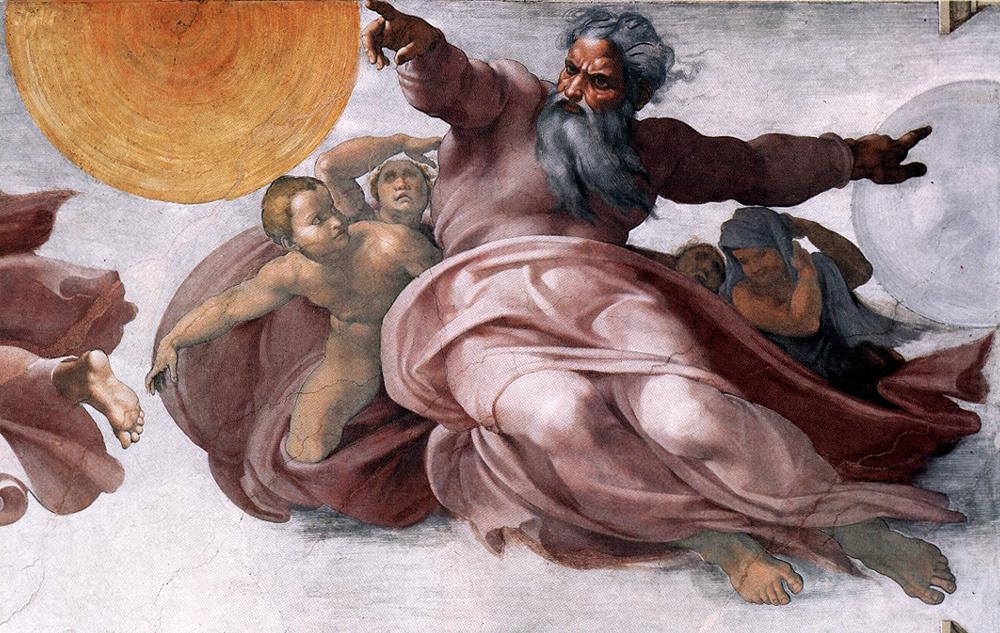An encounter with Renaissance art, and its consequence: Boris Pasternak reflects on culture and individual genius.
The chief thing that everyone carries away from an encounter with Italian art is the sensation of the tangible unity of our culture, whatever he may have seen this in, and whatever name he may give it.
How much people have said, for instance, about the paganism of the Humanists, and what various things they have said about it, calling it both a legitimate trend and otherwise. Indeed, the collision of faith in the Resurrection with the age of the Renaissance is an extraordinary phenomenon, central to the whole of European culture. And who has not noticed the anachronism, often immoral, in the way canonical themes are treated in all these Presentations, Ascensions, Weddings in Cana and Last Suppers, with their grand-monde licentiousness and their luxury?
It was in this very incongruity that the thousand-year-long peculiarity of our culture made itself known to me.
Italy crystallized for me what we breathe in unconsciously from the cradle. Her painting itself finally accomplished for me what I still had to think about because of her, and while I was spending whole days going from collection to collection, it flung at my feet the ready-made observation, finally rendered in paint.
I understood that the Bible, for instance, is not so much a definitive text as the notebook of mankind, and that everything everlasting is like this. That it is vital not when it is enforced but when it is receptive to all the analogies by means of which subsequent ages, issuing from it, look back at it. I understood that the history of culture is a chain of equations in images, which link in pairs the next unknown thing with something already known, whereby the known, constant for the whole series, is legend, set at the base of tradition, and the unknown, new each time, is the actual moment in the flow of culture.
This is what interested me at that time, this what I then understood and loved.
I loved the living essence of the symbolic pattern of history – in other words, the instinct with whose help, like salangane swallows, we have constructed the world: a vast nest, glued together from earth and sky, life and death, and two kinds of time, present and absent. I understood that what prevents it from falling apart is the force of cohesion consisting in the utter figurativeness of all its parts.
But I was young, and I did not know that this does not encompass the fate of a genius and his nature. I did not know that his essence rests in the experiencing of an actual biography and not in a symbolic pattern refracted in images. I did not know that he is distinguished from the Primitives by the fact that his roots lie in the coarse immediacy of moral science. One of his peculiarities is remarkable. Although all the flarings of moral passion are enacted inside the culture, it always seems to the rebel that his rebellion is rolling along on the street, beyond culture’s fence. I did not know that the longest-lived images are left intact by the iconoclast in those rare cases when he is not born with empty hands.
When Pope Julius II expressed displeasure at the chromatic poverty of the Sistine ceiling, Michelangelo remarked, by way of justification, referring to the ceiling, which represents the Creation of the world with the appropriate figures, “In those times they didn’t dress up in gold. The persons depicted here were people of modest means.” Such is the thunderous child-like language of this kind of man.
The boundary of culture is reached by the man who conceals within himself a tamed Savonarola. The untamed Savonarola destroys it.
Boris Pasternak, A Safe-Conduct, to the memory of Rainer Maria Rilke (trans. Catherine Judelson)






Leave A Comment